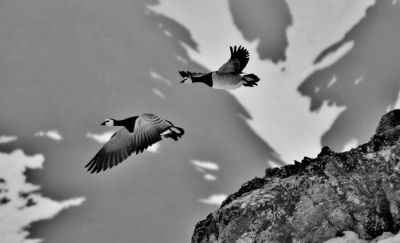|
Strona archiwalna!
Ta strona zawiera treści archiwalne, które nie były zmieniane po 23 września 2019 r. Jeśli chcesz wiedzieć więcej zapoznaj się z deklaracją dostępności
|
||||||
archiwum
 2006 2006
 2008 2008
 2010 2010
 2012 2012
 2014 2014 |
||||||

| ||||||
 |
 |
|||||

|
||||||
| strona główna założenia regulamin kalendarium wskazówki pobierz jury rejestracja zgłoszone projekty galeria gallery | archiwum kontakt | |||||
Description popularizing the research project Safaris and survival schools are proposals for those who do not fear dangers and discomfort. The worse, the better. Sometimes they have to cross a treacherous swamp dry-shod, find the right bearing in a forest at night, climb a tree, descend into a precipice, make or extinguish a fire, find food and water, and do it all with a smile. When the night falls after such a tiring day and they manage to rest in a bed they made themselves in a makeshift shelter, listening to the sounds of nature and fighting the feeling they are observed. If, in spite of all, they manage to get some sleep, the morning brings new adventures, dangers and challenges. The only extremities missing are ice, freezing weather and snow. Abstract The aim of the workshop was to familiarize students and PhD students of the University of Silesia with geophysical and glaciological measurements in the area of Spitsbergen. Ground penetrating radar (GPR) and electrical resistivity tomography (ERT) measurements were per-formed on two talus slopes near the Hans Glacier. The workshops allowed to determine the internal structure of the slopes and their evolution on the basis of geophysical surveys and analyzes of physical parameters such as: exposure of the slope, elevation above the sea level, slope length), the distance from the glacier and meteorological data. The participants were also familiarized with the methodology of glaciological measurements especially with: mass balance and dynamics of glaciers on the example of the Hans and Werenskiold Glacier. Meas-urements of the mass balance were conducted with the use of the fixed network ablation stakes and automatic meteorological stations. During the workshop, the participants also got an opportunity to observe the local tundra, flora and fauna, which are presented in the photos.
|


|
|||||



 In turns
In turns









